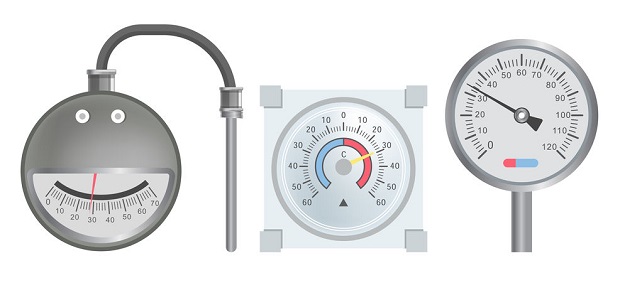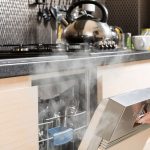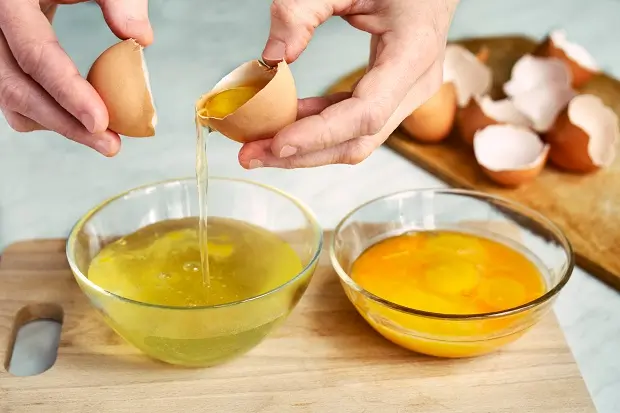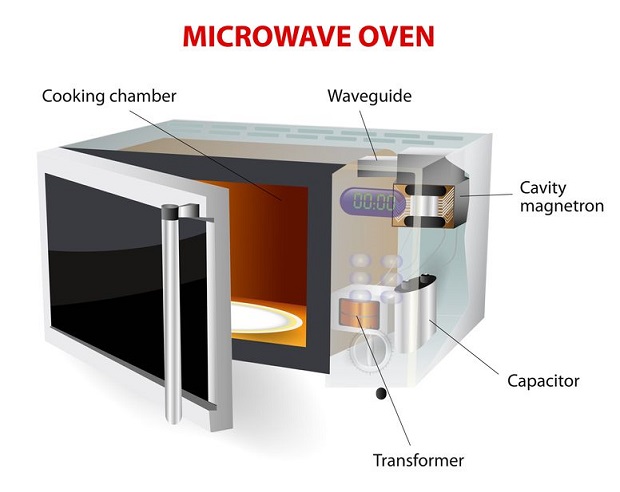
ANSWER:
In order to activate dishwasher detergents and effectively melt grease from dishes the water temperature should be set at least 140°F for most residential situations.
More Info: Many of today’s Energy Star dishwasher models contain a booster heater, which allows you to set your water heater temperature to 120°F. The exact number of degrees the booster will raise the temperature depends on the unit. Check your owner’s manual and set your water heater temperature accordingly.
Problems Associated with Setting Dishwasher Temperatures Too Low
Cold water does not kill microorganisms. Hot water should be used in the dishwasher for sanitary reasons. When hot water is used in the dishwasher along with detergent, most bacteria and microorganisms are removed. The heat drying cycle will also destroy pathogens. Cold water does not have the same effect. [Washington State University]
Unsatisfactory results. Setting the dishwasher’s water temperature too low can result in unsatisfactory cleaning results. It may not dissolve the detergent, which can then accumulate on dishes. Cold water cannot melt some fats resulting in spotting and residue on your dishes.
Problems Associated with Setting Dishwasher Temperatures Too High
Etching and permanent filming of glassware. High temperatures can cause etching and permanent filming in glassware. This occurs due to a chemical reaction between soft water, alkaline detergents, the metal ions present in glassware, and extremely hot water. In the presence of extreme heat, the polyphoshphates that are present in soft water and dishwashing detergents dissolve the metal ions out of glassware. The process is accelerated by hot water. [Clemson University Extension]
Protein denaturation of glassware. Extreme hot water can cause protein denaturation on your glassware that is irreversible. This happens when water that is too hot literally bakes the proteins present in some foods onto the surface of your dishes. An example would be a glass that contained milk residue. [Clemson University Extension]
Extreme hot water will also cause protein denaturation in the presence of hard water. Food flims can form on dishes the water temperature is too high and the high concentrations of calcium and magnesium present in hard water combine with food proteins such as remnants of eggs and meat and bake them onto the dish. [University of Florida Extension]
Melted plastics. Even plastics that are dishwasher safe are only safe up to certain temperatures. Different plastics will react differently to heat, some melting more readily than others. By running water that is too hot through the dishwasher, you run the risk of damaging some plastic items. [T.C. Forensics]
Scalding. Water heaters that are set higher than 120°F have the potential to scald and cause serious injury, especially to children and invalids. According to Shriners Burn Institute, water running at 140°F can cause a serious burn within 5 seconds. At 150°F, injury can occur in 1-1/2 seconds. Injury is instant if set at 160°F. [EnergyGuide.com]
Water Temperature Set Correctly but Still Having Issues?
If you are experiencing any of the issues associated with running cold water through the dishwasher but have your water heater set to the correct temperature, your dishwasher may be installed too far away from the water heater. The dishwasher only calls for a few gallons of water, and if it takes a gallon or more of water to run before the hot water reaches your unit, you are washing in cold water.
All you need to do is run the water in your sink until you have drawn hot water prior to running the dishwasher. The dishwasher will then immediately fill with hot water the moment it is called for.
Benefits of Lowering Water Heater Temperature
According to the US Department of Energy, for each 10°F reduction in water heater temperature, you can save 3-5% in energy costs. Lowering the water temperature will also help your water heater last longer by slowing the mineral buildup and corrosion in the unit and the pipes. [US Department of Energy]
Resources
“Glassware: Crystal Clear or Dull and Cloudy.” Clemson University Extension. N.p., n.d. Web. 19 Mar. 2014. <http://www.clemson.edu/psapublishing/PAGES/WATER/WQL7.pdf>.
“Help! Our Glasses Are Cloudy.” University of Florida Cooperative Extension Service. N.p., n.d. Web. 19 Mar. 2014. <http://ufdcimages.uflib.ufl.edu/IR/00/00/26/18/00001/HE71100.PDF>.
“You Can Prevent Foodborne Illness.” Washington State University. N.p., n.d. Web. 19 Mar. 2014. <http://cru.cahe.wsu.edu/CEPublications/pnw0250/pnw0250.pdf>.
“Time/Temperature Relationships in Scalds.” EnergyGuide.com. N.p., n.d. Web. 19 Mar. 2014. <https://www.energyguide.com/library/EnergyLibraryTopic.asp?bid=tva&prd=10&TID=25821&SubjectID=10182>.
“T.C. Forensic: Article 10 – PHYSICAL CONSTANTS FOR INVESTIGATORS.” T.C. Forensic: Article 10 – PHYSICAL CONSTANTS FOR INVESTIGATORS. N.p., n.d. Web. 19 Mar. 2014. <http://www.tcforensic.com.au/docs/article10.html#2.1.2>.
“Energy Savers: Lower Water Heating Temperature for Energy Savings.” EERE: Energy Savers Home Page. N.p., n.d. Web. 25 Mar. 2011. http://www.energysavers.gov/your_home/water_heating/index.cfm/mytopic=13090.
Related Products
Shop for built-in dishwashers, portable dishwashers, specialty dishwashers, parts and accessories, and more.






